Warnings of taking advantage of e-commerce to sell fake and banned goods
| Customs seizes more than 30 tonnes of banned goods | |
| Cases of smuggling and counterfeit goods increase 57% |
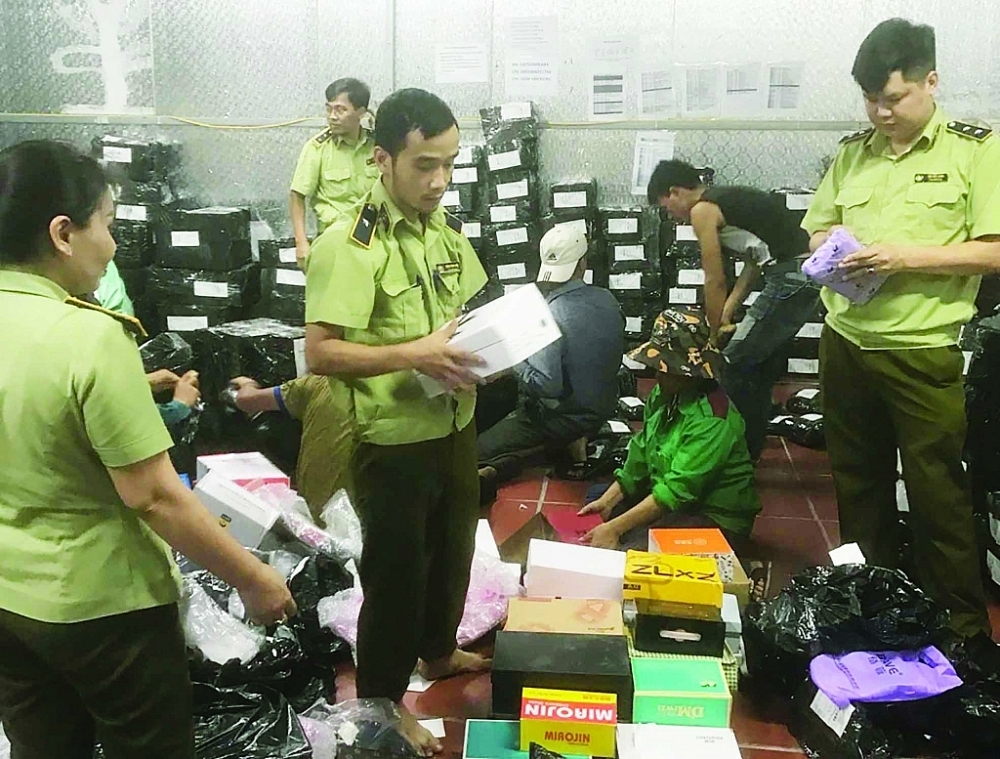 |
| The Vietnam Directorate of Market Surveillance inspected a warehouse of about 10,000 square meters in Lao Cai in July 2020. |
Fake and banned goodsare widely traded
According to the General Department of Market Management, e-commerce business activities in the past years have witnessed strong development in both quantity and scale, attracting many businesses, organizations and individuals.
Before the Covid-19 pandemic, Vietnam's e-commerce growth in the 2015-2025 period was forecasted at 43%, making Vietnam the fastest growing e-commerce marketin the region, expected to achieve revenue of US$33 billion by 2025. In 2020, e-commerce revenue is also forecasted to exceed US$13 billion. With the complicated development of the Covid-19 pandemic, e-commerce has become an important way to help people buy and sell goods, avoiding unnecessary direct contact.
| In the first six months of 2020, the market management force nationwide inspected 2,403 cases, handled 2,213 violation cases, fined more than VND16 billion, the value of violated goods was over VND40 billion, including the violations of e-commerce and acts of taking advantage of e-commerce to trade smuggled goods, goods of unknown origin, goods infringing intellectual property rights, and counterfeit goods. |
However, because of its rapid growth and growing revenue, peopleoften take advantage of loopholes to provide information on goods and transaction information online andcarry out massive promotions.They also smuggle goods of unknown origin through border gates, seaports and airports tosell on the domestic market.
According to Deputy Chief of Office of the General Department of Market Management Nguyen Ky Minh, in addition to the positive development, e-commerce still has some negative factors, such as offering fake goods, banned goods and smuggled goods on e-commercewebsitesand social networks that tend to increase.
Currently, the trading of banned goods, counterfeit goods, goods violating intellectual property, goods of unknown origin and poor-quality products arepublicly available on e-commerce websites, especially e-commerce exchanges and social networks,which seriously affect and threaten the general business environment and consumer confidence.
Peopleparticipating in the sale or offering of counterfeit, smuggled goods, prohibited goods are mainly small households or individuals, even students. Many e-commerce websites often use pictures of genuine goods to advertise, offer for sale at a much cheaper price than genuine storesto attract consumers who want to shop and use branded goods at low prices, such as watches, eyeglasses, clothes and shoes. Particularly, there are social network sites offering goods banned from business or conditional business such as smuggled cigars, weapons and supporting tools. After that, when the consumer agrees to buy, they use non-cash intermediary payment tools (third party transfer, telecom scratch card, using QR code payment) or delivering goods together with the collection of money from customers but in fact, the received goods are counterfeit or smuggled goods of unknown origin.
These peopleoften use an unrelated or fake address, butstore goods at many different places, or combine both as a place of transaction and as a place to live and hide goods, making it difficult for investigation, reconnaissance, inspection, arrest and handling of violations.
Difficult to control
In fact, the e-commerce trading floors have not yet tightened the control and identification of sellers’ account, creating a loophole for peopleto take advantage of puttinginfringing goods up for sale on these floors. There are those who permanently maintain hundreds of accounts on e-commerce trading floors, so that they can immediately change when detected.
Those who take advantage of e-commerce to trade counterfeit andillegal goods often have certain knowledge ofIT or have a technical team in charge. They take advantage of all the most advanced achievements of IT to trade infringing items such as using multi-channel sales; using online marketing tools; investing heavily in the utilities of social networks to attract shoppers.
Typical cases includetaking advantage of livestreams on social networks to sell pirated and fake goods. At the same time, they also take advantage of technology to evade authorities, remove traces of transactions or apply anonymity online, making it difficult to verify information.
Most recently, the market management force together with functional forces discovered and handled the biggest illegal and counterfeit trading ring through e-commerce.
On July 7, the General Department of Market Control coordinated with the Mobile Police High Command (K02) and the Department of Cyber Security and High-Tech Crime Prevention and Control (A05) to launch the attack on a warehouse of counterfeit goods in Lao Cai city.
This warehouse with a scale of over 10,000 m2 is used to store goods and serve as a place to do business online, led by Tran ThanhPhu (28 years old). At the time of inspection, the competent forces discovered that all of the goods were smuggled, without invoices or vouchers. Some products have signs of counterfeiting the famous brands of developed countries such as the US or the EU. All of these goods have been sealed in 34 containers, with a total of 158,014 units in 237 categories of goods. Currently the authorities are expanding the investigation to clarify the case.
| Minister of Industry and Trade Tran Tuan Anh: Resolutely fight against e-commerce fraud E-commerce brings many positive effects. However, in the opposite direction, there are also great risks in developing commercial fraud. If not well managed, e-commerce will become a "land" nurturing fraud, destroying production, and destroying the market. To resolutely fight against e-commerce fraud, relevant agencies under the Ministry of Industry and Trade need to seriously implement, deploy and coordinate effectively to combat counterfeit goods, goods of unknown origin and goods infringing intellectual property rights online. At the same time, the units must also enhance the role and responsibility of enterprises that own e-commerce websites in protecting consumers; commit to sell goods that ensure the quality and origin and do not assist those who take advantage of e-commerce to trade in counterfeit goods or goods infringing intellectual property rights. CEO Ronald Brohm of the International Anti-Counterfeiting Association (REACT): Applying science and technology The Asia-Pacific is the most vibrant e-commerce region. The development of e-commerce brings many benefits to promote economic growth, consumers shop more conveniently with cheaper prices, helping businesses diversify distribution channels, access markets and reduce costs. Cross-border e-commerce thrives and becomes an inevitable trend in global trade, but it creates many challenges for countries to cooperate in promoting development and controlling this activity. In order to strengthen control and enforce the fight to prevent counterfeit goods, poor quality goods, and trade fraud through e-commerce, contributing to improving the business environment, healthy competition, and protecting consumers and enterprises, Vietnam needs to change and perfect the management mechanism. More importantly, it is necessary to increase the application of modern science and technology. |
Related News
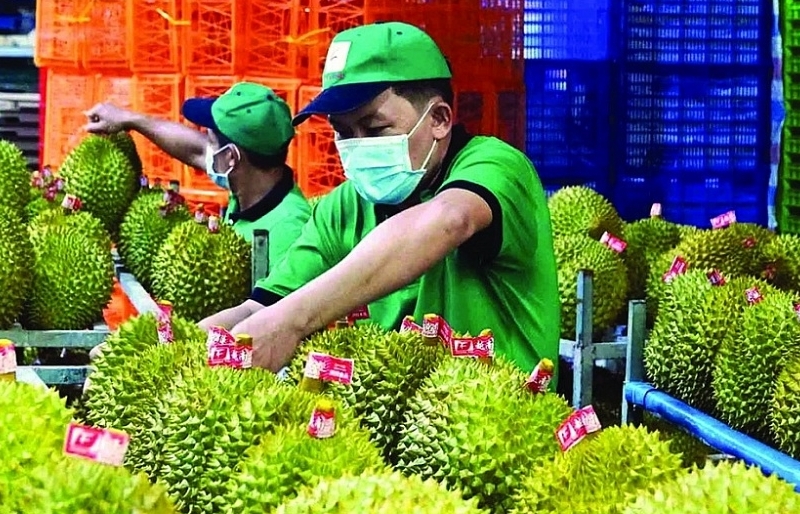
Paving the way for Vietnamese agricultural products in China
11:08 | 26/12/2024 Import-Export
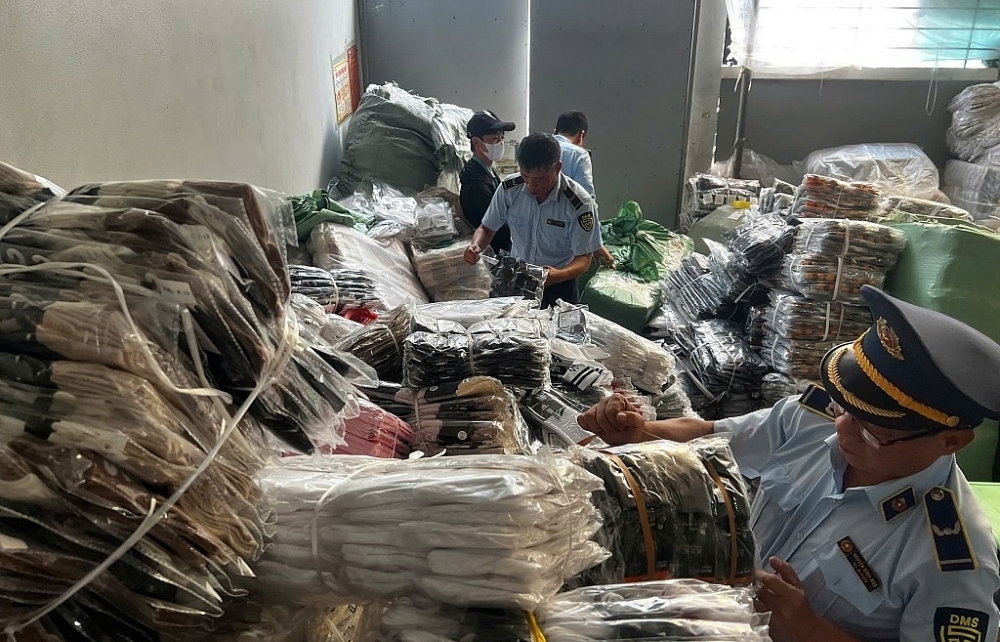
Rise in e-commerce violations sparks concern
09:31 | 20/12/2024 Anti-Smuggling

Strengthen the management and use of electronic invoices for e-commerce
11:24 | 16/12/2024 Finance
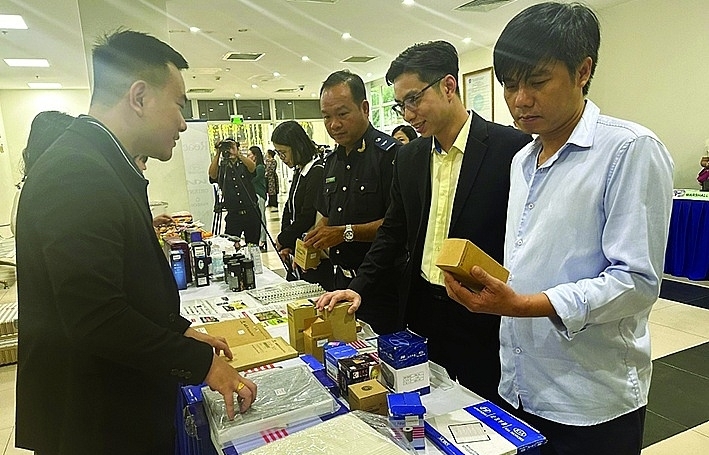
Concerns over counterfeit goods in e-commerce and express delivery
10:00 | 17/12/2024 Anti-Smuggling
Latest News
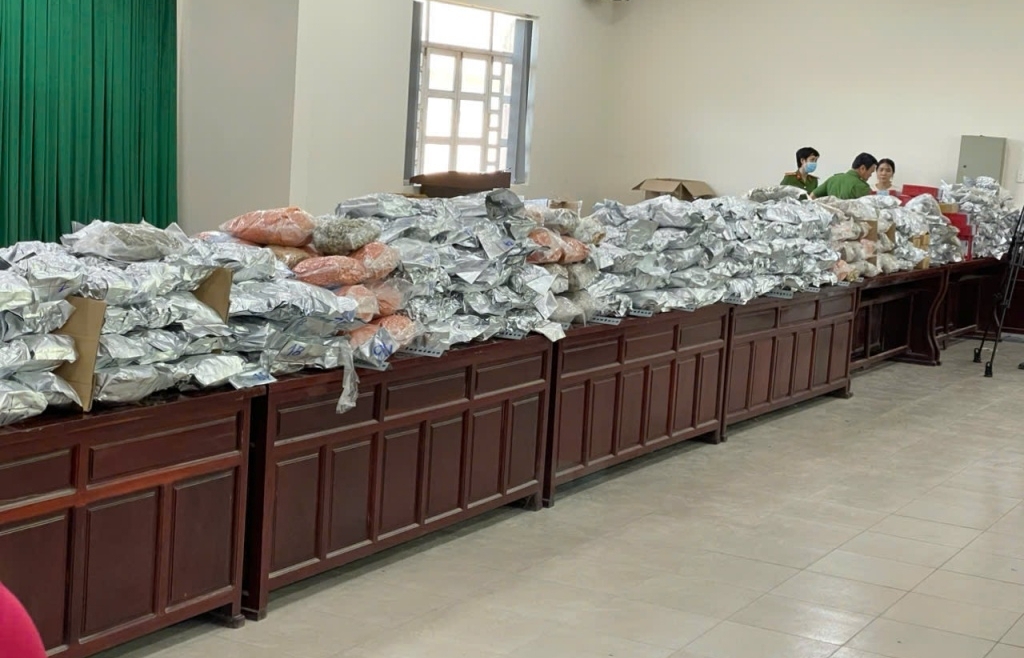
Drug trafficking ring busted: Synthetic drugs concealed in pickled bamboo containers
15:50 | 26/12/2024 Anti-Smuggling
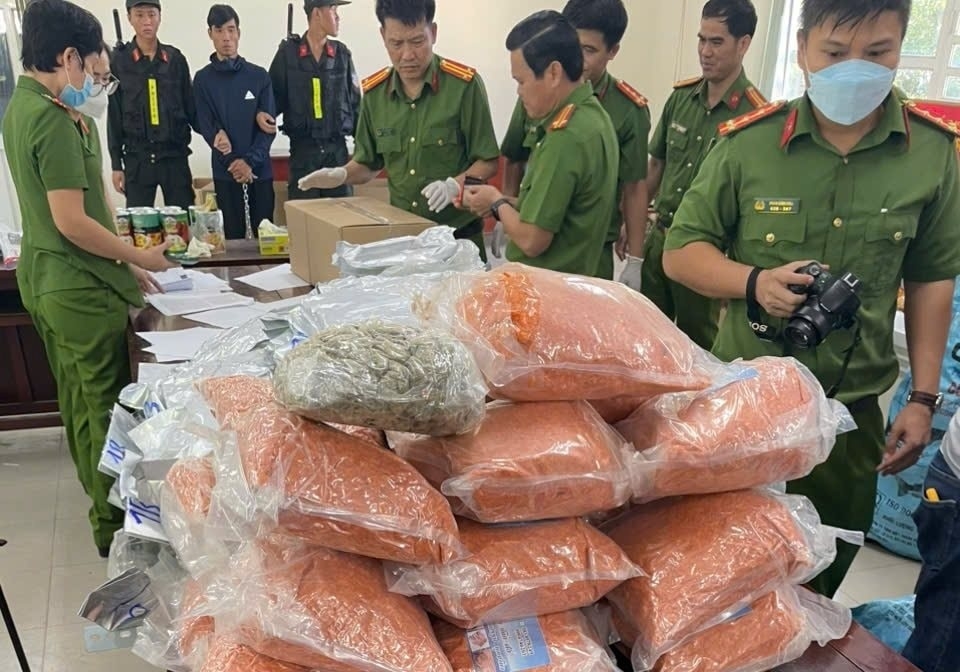
High-risk of foreigners colluding with drug traffickers to produce drugs in Vietnam
11:08 | 26/12/2024 Anti-Smuggling
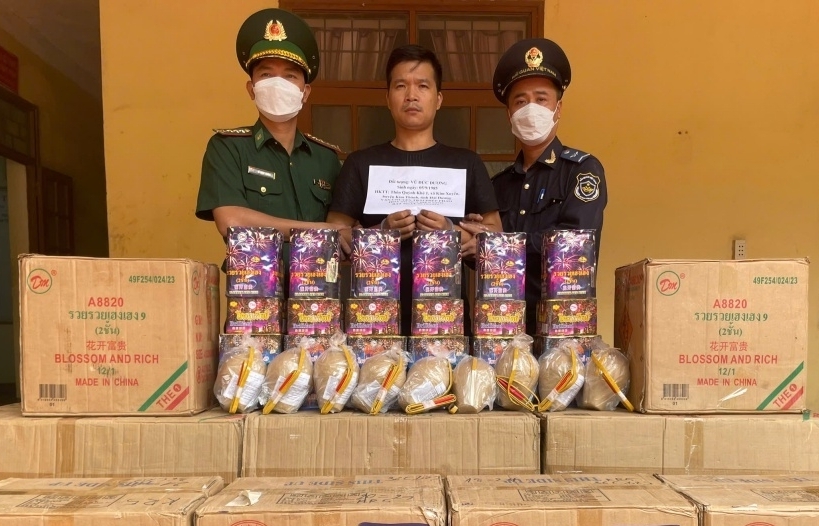
Exposing methods of hiding drugs and contraband goods through Cha Lo international border gate
09:00 | 24/12/2024 Anti-Smuggling

Prevent counterfeit goods on e-commerce platforms
13:54 | 22/12/2024 Anti-Smuggling
More News

Customs sector strengthens anti-smuggling for e-commerce products
19:09 | 21/12/2024 Anti-Smuggling

At the end of the year, there is concern of counterfeit and smuggled goods entering into Ho Chi Minh City
09:31 | 20/12/2024 Anti-Smuggling

Lang Son intensifies crackdown on smuggling and trade fraud
15:19 | 19/12/2024 Anti-Smuggling
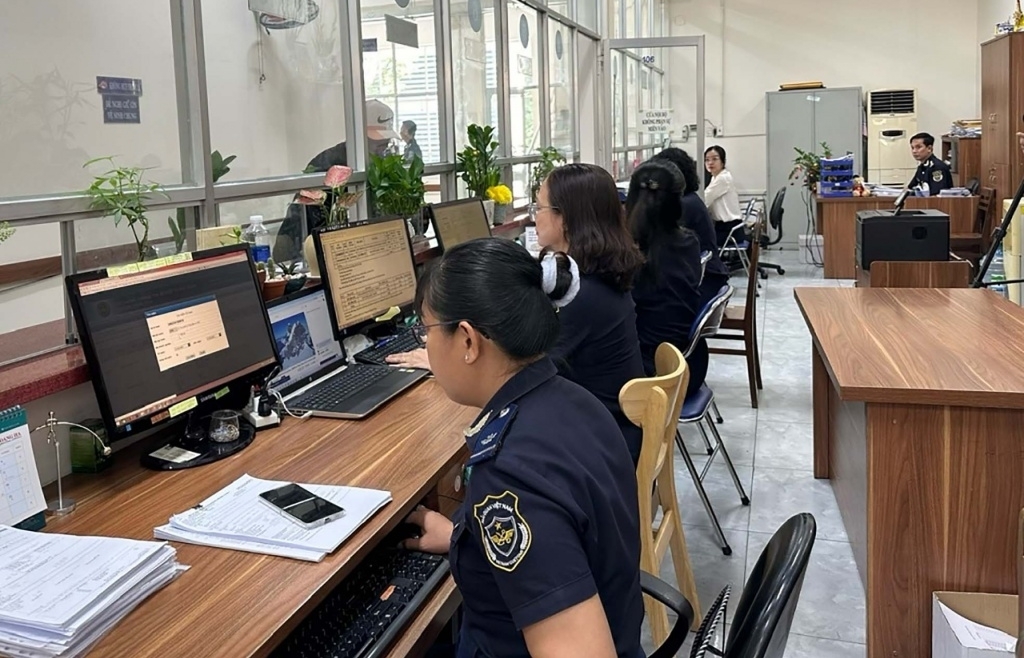
Numerous FDI enterprises face suspension of customs procedures due to tax debt
09:57 | 18/12/2024 Anti-Smuggling

Illegal transport of currency and gold tends to increase near Lunar New Year
19:29 | 14/12/2024 Anti-Smuggling
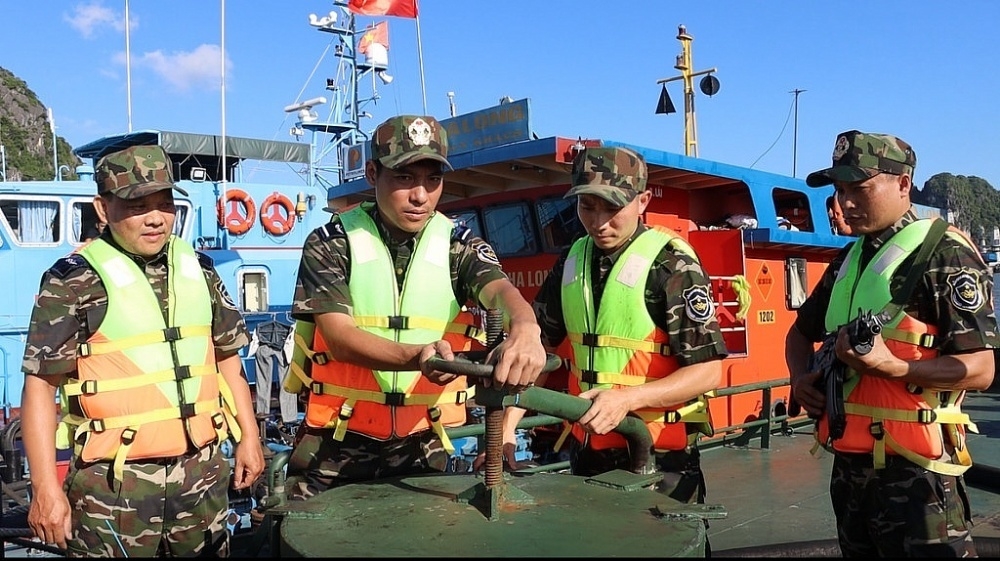
Smuggling forecast for the Lunar New Year 2025 will be complicated
10:24 | 13/12/2024 Anti-Smuggling

Tax authorities crack down on invoice fraud to legalize smuggled goods
09:41 | 12/12/2024 Anti-Smuggling

Share experiences in crime prevention coordination between Customs and Police
14:44 | 11/12/2024 Anti-Smuggling
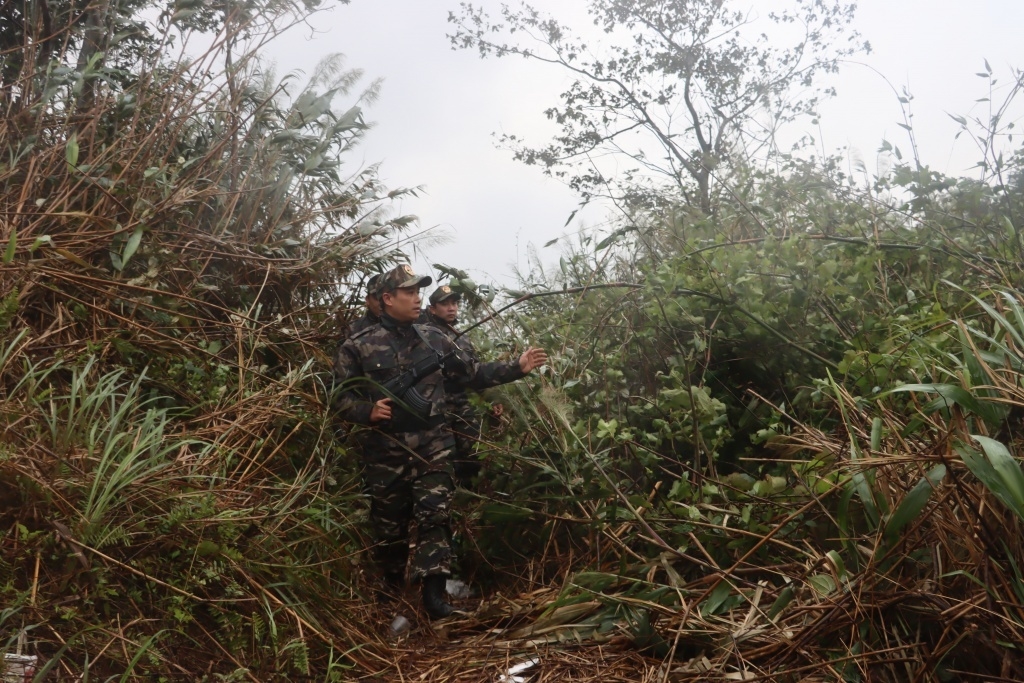
Customs sector strengthens anti-smuggling during Lunar New Year
10:42 | 10/12/2024 Anti-Smuggling
Your care

Drug trafficking ring busted: Synthetic drugs concealed in pickled bamboo containers
15:50 | 26/12/2024 Anti-Smuggling

High-risk of foreigners colluding with drug traffickers to produce drugs in Vietnam
11:08 | 26/12/2024 Anti-Smuggling

Exposing methods of hiding drugs and contraband goods through Cha Lo international border gate
09:00 | 24/12/2024 Anti-Smuggling

Prevent counterfeit goods on e-commerce platforms
13:54 | 22/12/2024 Anti-Smuggling

Customs sector strengthens anti-smuggling for e-commerce products
19:09 | 21/12/2024 Anti-Smuggling


